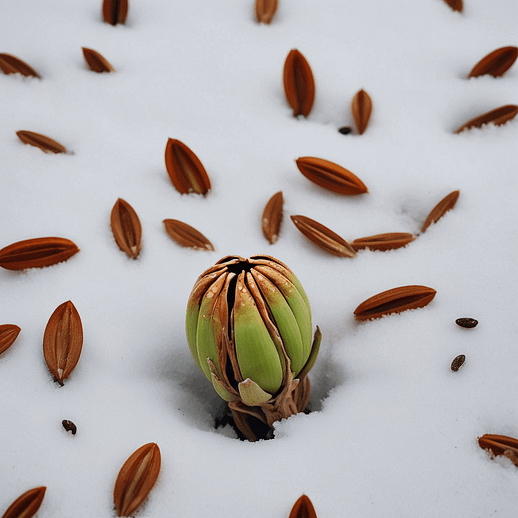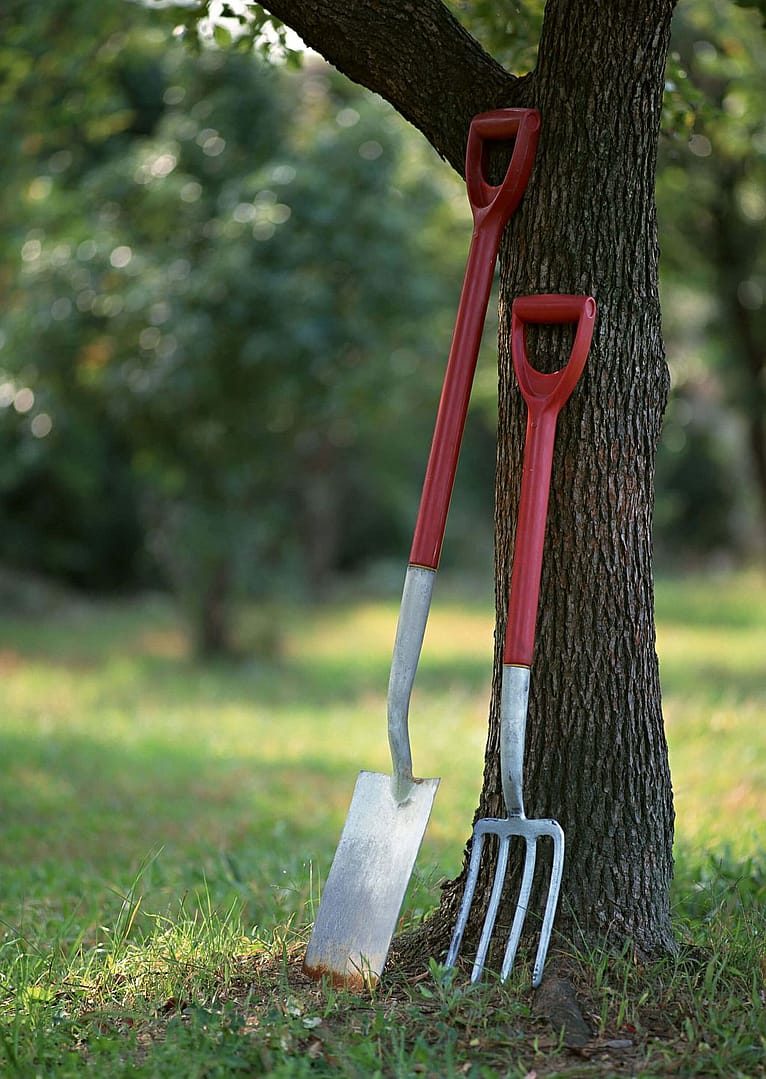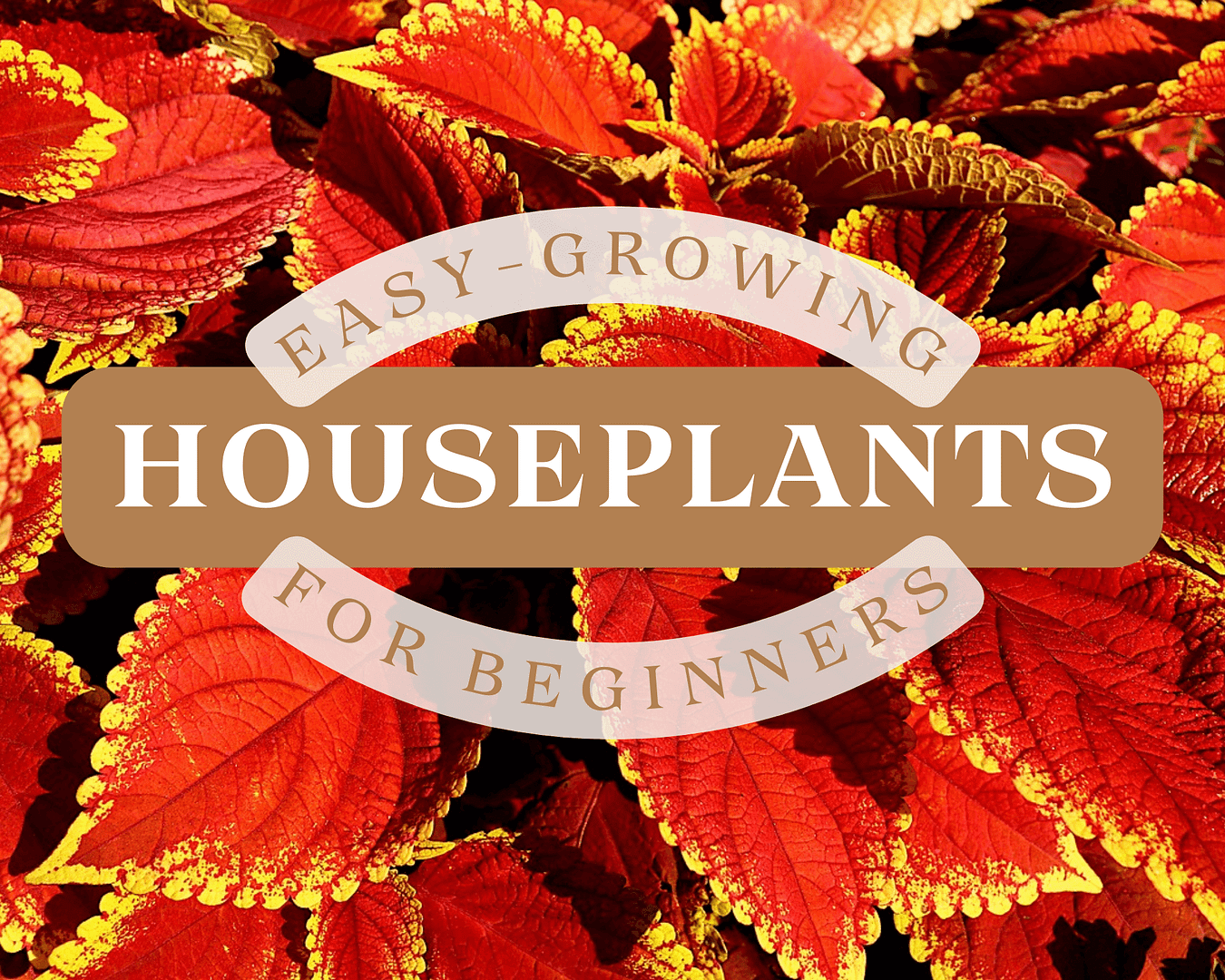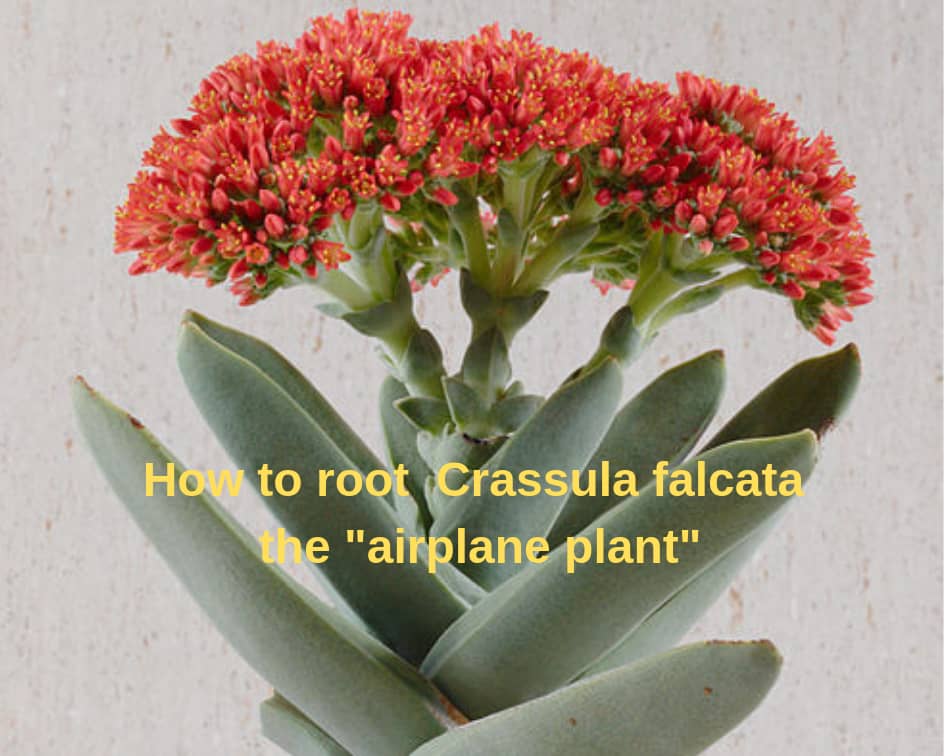This post may contain affiliate links. As an Amazon Associate we earn from qualifying purchases.
Have no fear, Gardenologist is here to bring you up to speed on the most common gardening terms you’ll hear when starting seeds for your garden.
I remember when I was a new gardener and I’d read the posts in gardening forums and groups, feeling like a foreigner. I had no idea what they were talking about half the time and I was too embarrassed to ask.
So, during this seed-starting season let’s take a look at common gardening terms related to seed starting.
Let’s start at the beginning
Sometimes there is work to do before you actually plant your seeds. Let’s take a look at some pre-planting gardening terms you may see online.
Propagation
I love the simple explanation of “what is propagation” from the experts at the University of Maine Cooperative Extension:
Plant propagation is the process of creating new plants
The term encompasses all types of creating new plants, from cutting to cloning to tissue culture and, yes, seed.
 Seed stratification
Seed stratification
Seeds are often dormant and need help waking up. The best way to do this is to mimic what happens to these seeds in nature.
Many of those that fall to the soil in winter need a period of cold, moist stratification before they can germinate. This simply means you’ll bundle them into a wad of slightly moist peat moss, put that in a sealed plastic bag and then the refrigerator.
You’ll need to keep them in the refrigerator for the required amount of time (it varies, depending on type of seed).
There is a variation on this one that is used for other seeds and it’s called dry stratification. It is exactly as it sounds. The seeds are kept in a cold area for a specified amount of time, without moisture.
Then there are seeds that require heat to break dormancy. These are often soaked in hot water.
Many seeds with super-tough coats require manual stratification, known as “scarification.” With this process, you’ll want to very carefully nick or abrade the seedcoat to allow water to penetrate to the embryo.
There are also seeds that don’t require stratification at all.

Chaff
Many gardeners harvest their own seeds from existing plants. If so, you’ll need to know what chaff is. The chaff is all of the dried stuff surrounding the seed that you won’t be planting. It should be separated from the seed before planting. Just toss it – you won’t need it for anything.
Direct seeding
Some plants, such as carrots, radishes and turnips (or anything with a long taproot) should be sown directly into the garden instead of started indoors. Thus, the term “direct seeding.”
Soilless potting mix or seed starting mix
You will most likely see recommendations for starting your seeds in a soilless “medium.” These soil-replacements can be composed of peat moss, coco coir and even plain perlite or sand. We really love this seed starting mix, available at Amazon.com.
The reason for the recommendation? Several, actually. Two of the most important include that these mixes are often sterile and don’t contain pests or their eggs. Soilless mixes also tend to be lighter, offering better drainage when watered.
Post-germination glossary
Germinate
This is sort of like lift-off at NASA; it describes when a seedling breaks the soil and begins growing.

Damping off
This is a nasty and too common fungal disease of seedlings. You’ll recognize it if your seedling suddenly keels over and dies, shortly after it sprouts.
Avoid damping off by using a soilless seed starting mix for germination and don’t overwater it. Moist is best.
Then, for good measure, position a fan to blow air over the top of the soil (not directly on it).
Leggy seedlings
When a gardener says their seedlings are leggy, it means they’re growing too tall, too early. The stems are long and lanky and the seedling may bend over. This is typically the result of insufficient light.
In the image, above, you can see that the plant has only one true leaf (more on that in a minute) so it is way too lanky for its proper development.
Ensure your seedlings get enough sunlight or use artificial light.
Cotyledon (kaa-tuh-lee-dn)
This is the part of the plant that breaks the soil upon germination of the seed. Looks like a leaf or two, right? Don’t be alarmed, however, if it doesn’t resemble the leaves of the plant you’re hoping to grow.
It’s called the embryonic leaf, or cotyledon, and its purpose is to provide nourishment to the seed’s embryo and the growing seedling. Subsequent leaves will most likely be vastly different than the cotyledon.
True leaves
The leaves that follow the cotyledon are known as “true leaves.” It is often recommended that you not transplant a seedling or thin seedlings (more on that later) until the seedling has its second set of true leaves.
 Thinning seedlings
Thinning seedlings
Most gardeners plant more than one seed per cell or pot. This assures that they will have at least one or two to grow on. Often, however, many will germinate. Thinning is the process of removing the weaker seedlings (either by cutting them at the soil or carefully pulling them up and discarding them) to allow the stronger ones more room and resources.
Harden off
Before you plant your seedlings outdoors, you’ll need to harden them off. This is the process of gradually acclimating the seedlings to outdoor conditions.
Place the germination container in a shady area on the first day, and allow it to remain outdoors for about an hour or two.
Every day, add a bit more time and around the third day, start adding more sunlight. Take it slow and you shouldn’t have a problem with shock.
 Transplant shock of seedlings
Transplant shock of seedlings
Transplant shock is a process where, for one or two of many reasons, a plant or seedling begins declining after transplanting. It may turn yellow, wilt, experience stunted growth and even die.
It’s typically caused by stress. There are any number of ways to prompt a plant to go into shock when transplanting. Hardening the seedlings off, as recommended earlier, will help avoid shock.
Rough handling of the seedlings’ roots and not preparing the soil are two common causes, but, again, there are others.
Make the transplant process gentle and as quick as possible. Keep the seedling watered and you should avoid this nastiness.
Want more? Check out our series on Gardening Terms Demystified








